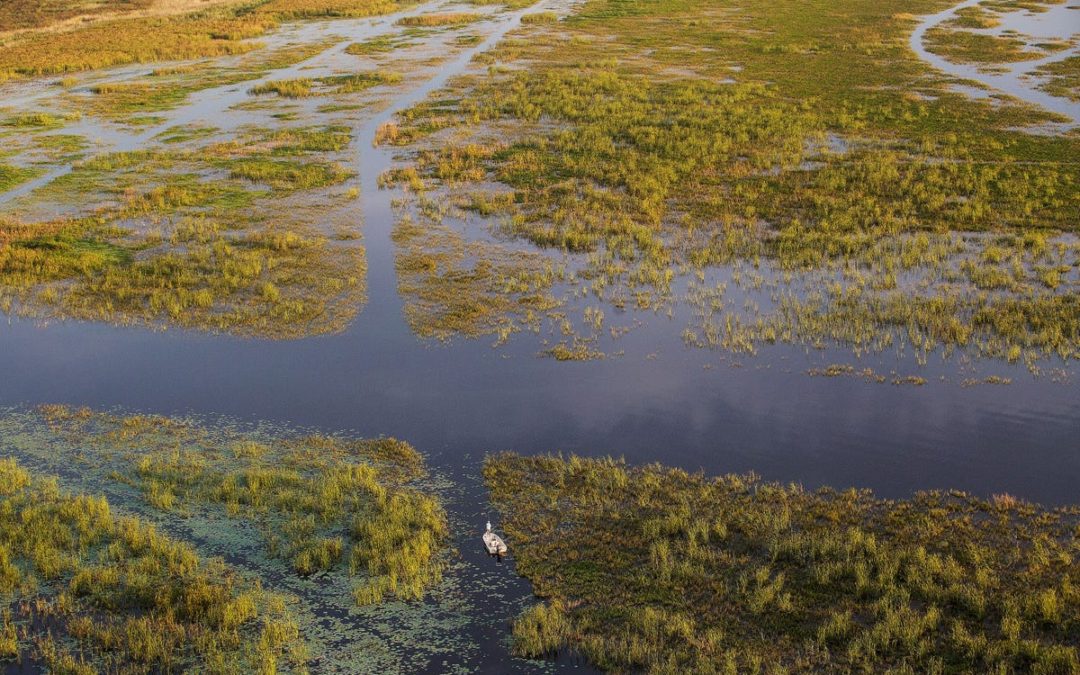Calusa Waterkeeper has been following the Lake Okeechobee System Operating Manual process since it began in 2018/19. The organization and many of our members have submitted public comments throughout the process over the years.
Calusa Waterkeeper has had concerns about the process from the beginning, noting several assumptions that appear to be baked into the modeling. These assumptions include limitations as to how much water can be sent south towards the Everglades Agricultural Area (EAA) and beyond to Florida Bay—allotments that are largely governed by the South Florida Water Management District and consumptive use permits—not by the Army Corps of Engineers.
The State of Play
Recently, the Corps selected a plan proposal, Alternative CC, for managing the Lake Okeechobee System. Their process of finalizing the plan will continue into 2023.
As other experts and observers in South Florida have pointed out, alternative CC as it is currently written would be harmful to the Caloosahatchee and Lake Okeechobee. In addition to the valid points other stakeholders have published regarding changes to Plan CC and its impact on the Caloosahatchee, we have additional concerns about the plan’s impact on Lake Okeechobee:
We urge the Corps to ensure more flexibility in the LOSOM Alternative Plan CC to accommodate changing conditions in Lake Okeechobee. This includes the aerial coverage of littoral vegetation communities in the Lake’s western marsh area, submersed vegetation, and the associated fishery. The additional flexibility should be consistent with the Florida Fish and Wildlife Conservation Commission’s Lake Okeechobee Management Plan.
Bottom Line
Alternative CC is not a balanced plan as long as the agriculture industry in the EAA continues to benefit from near perfect flood control and water supply at the public’s expense.
Allowing the Lake’s health to further decline will negatively impact the water quality in all of the downstream estuaries. Meanwhile, water managers and elected officials have yet to address the massive amounts of legacy nutrient pollution already present in the Lake—enough to fuel harmful algal blooms for decades.
Calusa Waterkeeper does not anticipate the Preferred Alternative CC will measurably improve conditions for the Caloosahatchee River or Lake Okeechobee until all of the pending CERP and CEPP projects have been fully funded and completed—a goal that is still several decades away.
The outcomes for a majority of South Florida communities will continue to be driven almost entirely by the weather—not by any ingenuity, creativity or political willpower on the part of water managers and officials.
We advise interested parties to contact the US Army Corps of Engineers as soon as possible and ask them to ensure LOSOM:
- Is consistent with Florida Fish and Wildlife Conservation Commission’s Lake Okeechobee Wildlife and Habitat Management Plan
- Remains flexible to the needs of all stakeholders during increasingly intense and unpredictable rainfall, and
- Any discharges are distributed in a more equitable approach than the current LORS and Plan CC proposal.
Contact:
Colonel Andrew Kelly
District Commander
U.S. Army Corps of Engineers, Jacksonville District
701 San Marco Blvd.
Jacksonville, FL 32207
[email protected]
[email protected]
904-232-2271

























